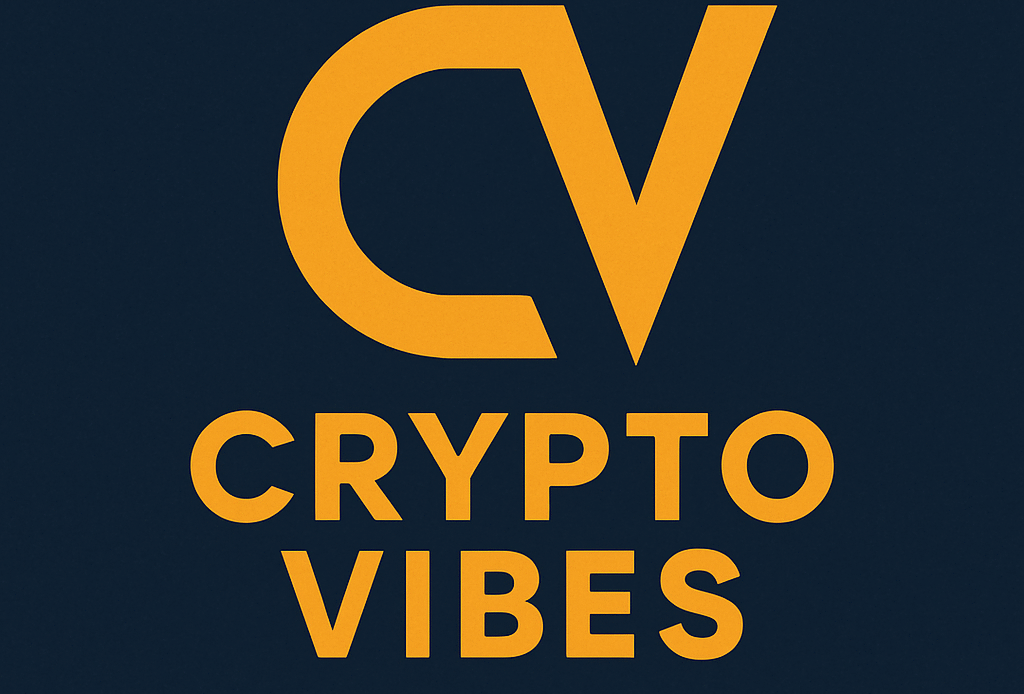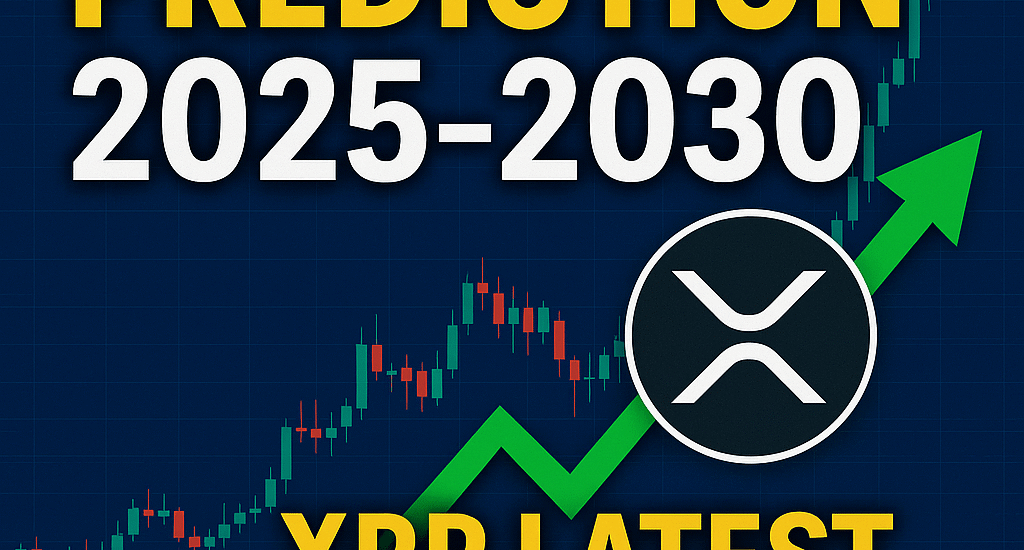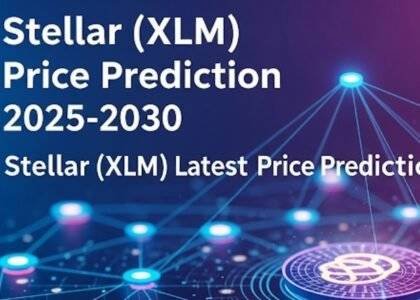What Is XRP / XRP Ledger?
Launched in 2012, the XRP Ledger (XRPL) is a cutting-edge open-source, permissionless, and decentralized blockchain technology designed for high-performance digital asset transactions. The XRPL offers significant advantages, including incredibly low transaction fees (averaging just $0.0002 per transaction), remarkable speed (settling transactions in 3-5 seconds), and impressive scalability (handling 1,500 transactions per second). Furthermore, it boasts inherently eco-friendly crypto attributes, being both carbon-neutral and energy-efficient, making it a green blockchain solution. The XRP Ledger also pioneered the first decentralized exchange (DEX) and features robust custom tokenization capabilities built directly into its protocol, supporting diverse DeFi applications. Since its inception in 2012, the XRPL has demonstrated exceptional reliability, having successfully closed over 70 million ledgers, solidifying its role in real-time payments and cross-border remittances.
Who Are the Founders of the XRP Ledger?
The XRP Ledger was initially launched in 2012 by David Schwartz, Jed McCaleb, and Arthur Britto. They envisioned XRP, its native cryptocurrency, as a significantly faster and more energy-efficient alternative to the Bitcoin blockchain for digital value transfer. In September of the same year, alongside Chris Larsen, this visionary team founded the company that is now globally recognized as Ripple Labs. These digital currency pioneers laid the groundwork for a blockchain innovation aimed at revolutionizing fintech solutions and streamlining cross-border payments through advanced blockchain technology.
XRP Live Price
| # | Name | Price | Changes 24h | Market CAP | Volume | Supply |
|---|
XRP Future: Price Prediction & RippleNet’s Global Impact (2025-2030)
As we move into mid-2025, XRP and the XRP Ledger (XRPL) stand at a crucial juncture, poised to significantly expand their influence in the global financial landscape. The period from 2025 to 2030 is set to be transformative, driven by increasing regulatory clarity, continued enterprise adoption, and the evolution of RippleNet’s core offerings. Understanding these dynamics is key to any XRP price prediction and for grasping XRP’s future role in cross-border payments and decentralized finance (DeFi).
Key Drivers for XRP’s Growth (2025-2030)
Several interconnected factors will shape XRP’s trajectory in the latter half of the 2020s:
1. Regulatory Clarity and Institutional Confidence
The ongoing legal battles, particularly in the United States, have been a significant overhang for XRP. By 2025-2030, a definitive regulatory clarity for XRP as a non-security (or a clear regulatory framework) would be a monumental catalyst. This clarity would:
- Unlock Institutional Investment: Major financial institutions, currently hesitant due to legal uncertainties, would gain confidence to integrate XRP into their operations and investment products, potentially driving significant XRP price appreciation.
- Expand Exchange Listings: Re-listings on major U.S. exchanges would increase XRP’s liquidity and accessibility for retail and institutional investors.
- Foster Broader Adoption: Reduced legal risk would encourage more fintech companies and enterprises to build on or utilize the XRP Ledger.
2. RippleNet and On-Demand Liquidity (ODL) Expansion
RippleNet, Ripple’s global payments network, with On-Demand Liquidity (ODL) powered by XRP, is central to XRP’s utility. From 2025 to 2030, expect:
- Increased ODL Corridors: Ripple will likely establish more ODL corridors globally, particularly in regions with high remittance volumes and inefficient traditional payment systems. This directly drives demand for XRP as a bridge currency.
- Enterprise Adoption: More banks, payment providers, and corporations will integrate RippleNet for faster, cheaper, and more transparent cross-border payments, leveraging XRP’s speed and low transaction fees.
- New Use Cases for XRPL: Beyond payments, the XRP Ledger’s inherent capabilities for tokenization, DeFi, and potentially CBDC (Central Bank Digital Currency) bridges could see increased development and adoption.
XRP Price Prediction
XRP’s future price will be influenced by adoption in cross-border payments, regulatory clarity, and competition from other payment-focused cryptocurrencies. These scenarios represent potential trajectories based on different adoption rates.
- Adoption by financial institutions for cross-border payments
- Resolution of ongoing regulatory challenges
- Competition from other payment cryptocurrencies and CBDCs
- Overall cryptocurrency market trends
- Ripple’s partnerships and technology developments
3. Evolution of the XRP Ledger (XRPL) Ecosystem
The XRP Ledger itself is a dynamic blockchain platform with ongoing development.
- Smart Contracts and DeFi: While the XRPL is optimized for payments, its evolving smart contract capabilities (e.g., Hooks, Federated Sidechains) could enable a more robust DeFi ecosystem directly on the XRPL, attracting developers and liquidity.
- NFTs and Tokenization: The XRPL's native tokenization features make it an attractive platform for NFTs and the issuance of other digital assets. This area could see significant growth, adding to XRP's utility.
- Interoperability: Continued efforts to enhance XRPL's interoperability with other blockchains will be crucial for its long-term relevance in a multi-chain world.
XRP's Potential Role and Price Trajectory (2025-2030)
- Global Liquidity Bridge: XRP is positioned to become an even more dominant liquidity bridge for cross-border payments, facilitating instant settlements and reducing the need for pre-funded nostro/vostro accounts.
- Enterprise Blockchain Standard: The XRP Ledger could emerge as a preferred blockchain technology for enterprises seeking efficient, scalable, and environmentally friendly solutions for various financial applications.
- Price Trajectory (Highly Speculative): XRP price predictions for 2025-2030 vary widely among analysts. A favorable regulatory outcome, coupled with widespread ODL adoption and XRPL ecosystem growth, could see XRP price reach new all-time highs, potentially ranging from several dollars to double-digit figures. However, investors must acknowledge the inherent volatility of the crypto market and the impact of broader macroeconomic trends.
Challenges and Risks Ahead
Despite its promising outlook, XRP's future is not without hurdles:
- Regulatory Uncertainty (Lingering): Even with progress, the global regulatory landscape remains fragmented, and new rules could emerge that impact XRP's operations.
- Competition: Other blockchain platforms and traditional payment systems are constantly innovating, posing competitive threats to RippleNet's market share.
- Centralization Concerns: Critics sometimes point to Ripple's significant holdings of XRP as a centralization risk, though the XRPL itself is decentralized.
- Market Adoption Pace: The speed at which financial institutions and enterprises adopt new blockchain technology can be slower than anticipated.
Conclusion: XRP's Path to Mainstream Financial Integration
From 2025 to 2030, XRP is poised to solidify its role as a key player in the future of global finance. Its unique value proposition for cross-border payments, coupled with the expanding capabilities of the XRP Ledger and the potential for definitive regulatory clarity, positions it for significant enterprise adoption and ecosystem growth. While the crypto market will remain volatile, XRP's future is increasingly tied to its ability to streamline international financial flows and become a foundational asset for the next generation of decentralized applications and blockchain-powered solutions.
<!-- CONTENT END 1 -->
















































The XRPL’s eco-friendly architecture and speed definitely make it stand out in the blockchain space, especially as scalability and energy consumption become bigger concerns. I’m curious how regulatory developments might impact XRP’s trajectory between 2025 and 2030—any thoughts on how those risks factor into long-term predictions?